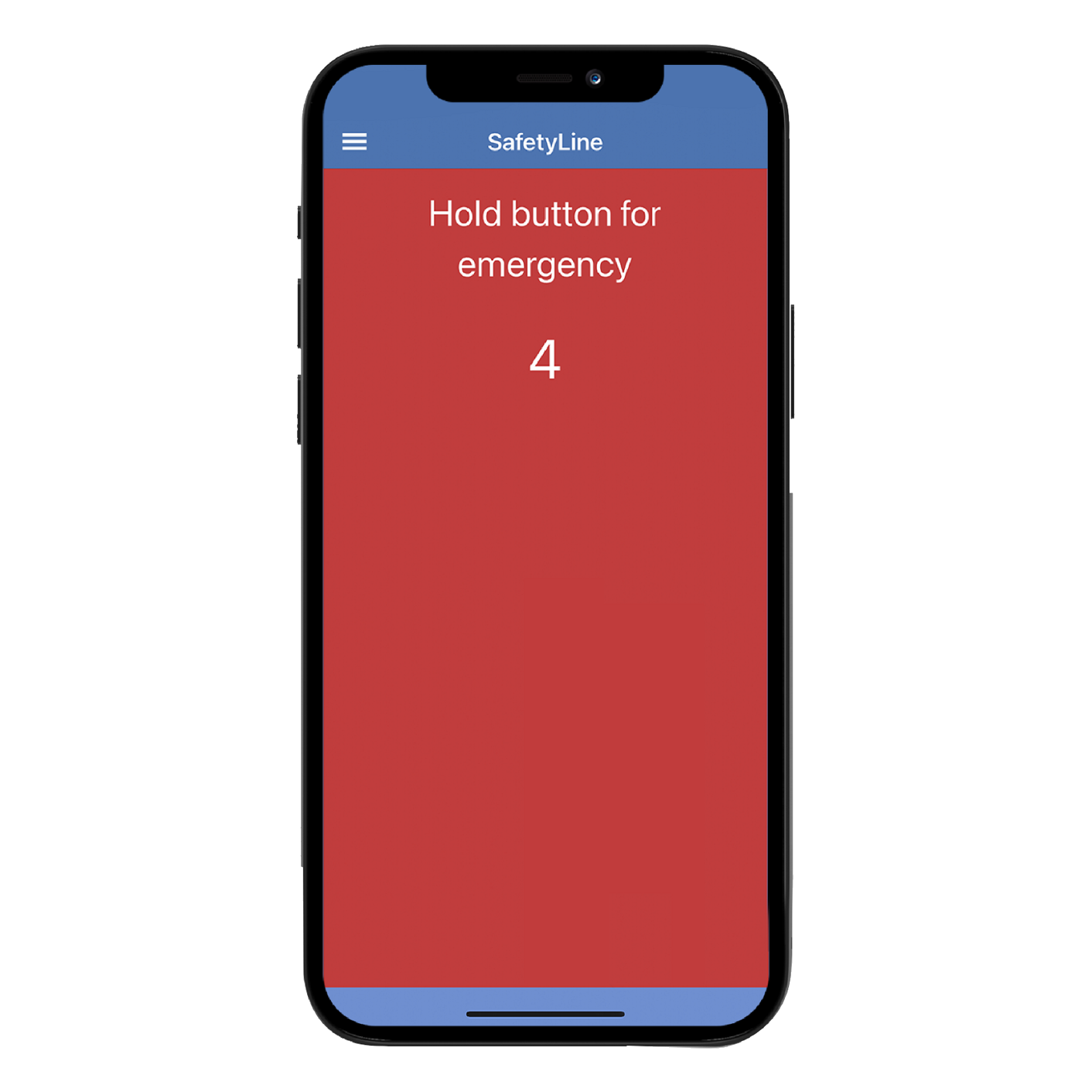
Easy and Seamless Communication With Your Lone Workers
Secure and reliable communications must be maintained whenever an employee is working alone.
Using SafetyLine for your lone workers
Voice messages
When checking into SafetyLine, employees can easily leave voice messages, providing additional information about their workplace conditions and safety hazards – the overall context of their safety situation.
Voice messages can include valuable information regarding the employee’s physical and emotional state, the working conditions and weather, any potential threats such as violent members of the public or wildlife, concerns about potential OHS hazards, as well as important details about their location and where they are working.
Text messages
Employees can also send secure text messages to the monitor anytime during their remote work, relaying the same potentially life-saving information as the voice messages.
To send the best possible help as fast as possible, the employer/monitor needs to know as much as possible about the employee’s working circumstances and conditions. Even details or comments that seem innocent at the time can later help determine if the employee goes home at the end of the day.
Emergency and panic button
While they are almost instantaneous, panic buttons and duress devices are communication tools because they communicate that the worker needs immediate, urgent help.
Instead of carrying an extra device while working, employees only need their current phone to use SafetyLine’s panic button, which can be pressed discreetly and silently when feeling threatened and in danger. When the button is pushed, all emergency contacts and monitors will be immediately notified.
Automated check-ins
A major component of SafetyLine’s lone worker solution is its automated safety check-ins. These safety check-ins easily allow the worker to confirm their safety with their employer, as well as send voice and text messages containing valuable information about the worker’s safety, circumstance, and environment.
Safety check-ins, like our panic button, are also a form of effective communication, relaying details and information that could be vital to a successful rescue or emergency response.
The safety benefits of strong communication
The benefits of strong internal communication are many and long-lasting. Strong communication can benefit almost every department and job within an organization, bolstering areas such as productivity, worker satisfaction, and of course, safety.
Increased worker safety
Strong company communication can improve worker safety by more effectively communicating safety and health policies so that employees and managers can better employ them for workplace well-being.
As we have outlined, the reliable communication of SafetyLine also increases worker safety by encouraging the flow of important information that could save the employee’s life if an emergency takes place. Miscommunication can result in dangerous, costly mistakes which can impact an employee’s life and wellness, as well as the operations and reputation of a company.
Increased interdepartmental collaboration
Whichever communications channels are used, coordinated internal communication allows company departments and divisions to work more efficiently together, using their complementary strengths and resources to produce better work. When departments are in sync and on the same
Better employee engagement
A remote team that is connected and communicating is an engaged one that is thinking about their safety while performing their various jobs. When safety is constantly communicated and emphasized, employees will all be on the same page and all working towards a common goal.
When a team of employees (big or small) is focused and engaged around mutual safety objectives, they tend to work more efficiently and safely, communicating with each other consistently the whole time.
Maintains workplace harmony
When there’s a lack of communication or miscommunication, it can seriously impact operations as well as relationships between employees and management. Well-researched communications channels that best satisfy the team’s needs are invaluable when building a healthy workplace culture where everyone feels safe and supported.
Accommodates workplace diversity
Everyone has different communication styles and methods, especially when it comes to different cultures. A dynamic and flexible communications network that allows different styles to flourish will allow different employees to excel at their jobs. Workplace diversity brings a wide range of valuable skillsets and backgrounds that are the building blocks of a safe and engaging place of employment.
Related blog articles to communicating with your lone workers
Want to learn more?
Have a short, no-pressure discussion to see if SafetyLine is a good fit for your company.
What we'll discuss:
What are you currently doing to keep your lone workers safe?
What's working, what isn't?
If there's a significant issue, could SafetyLine help?
Mutually determine whether a 60-minute demo makes sense
CALL DURATION: 30 MINUTES






